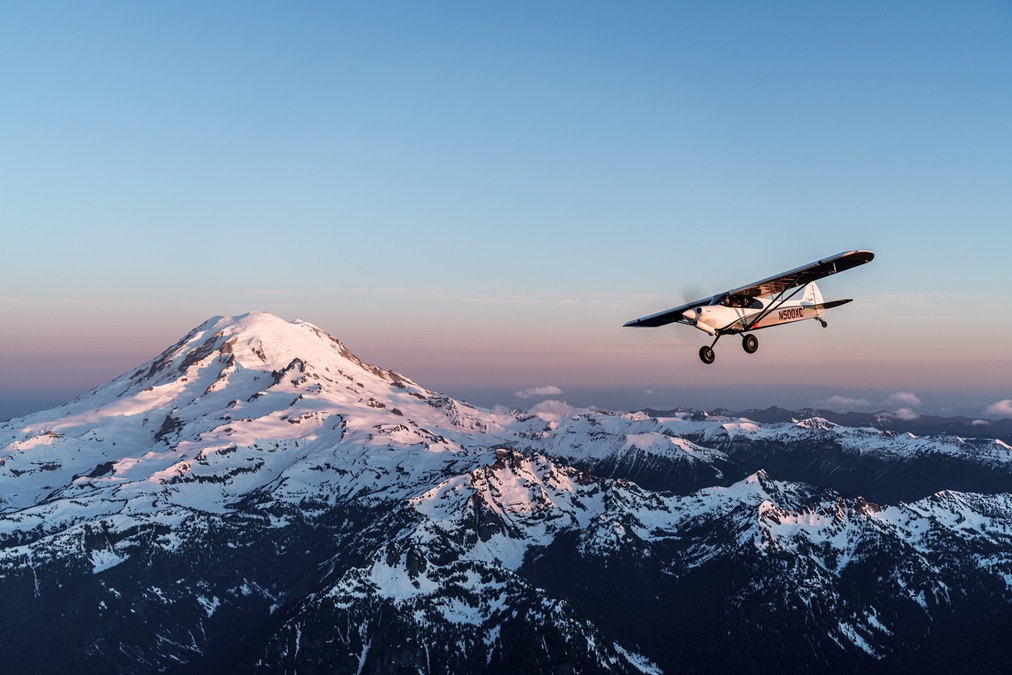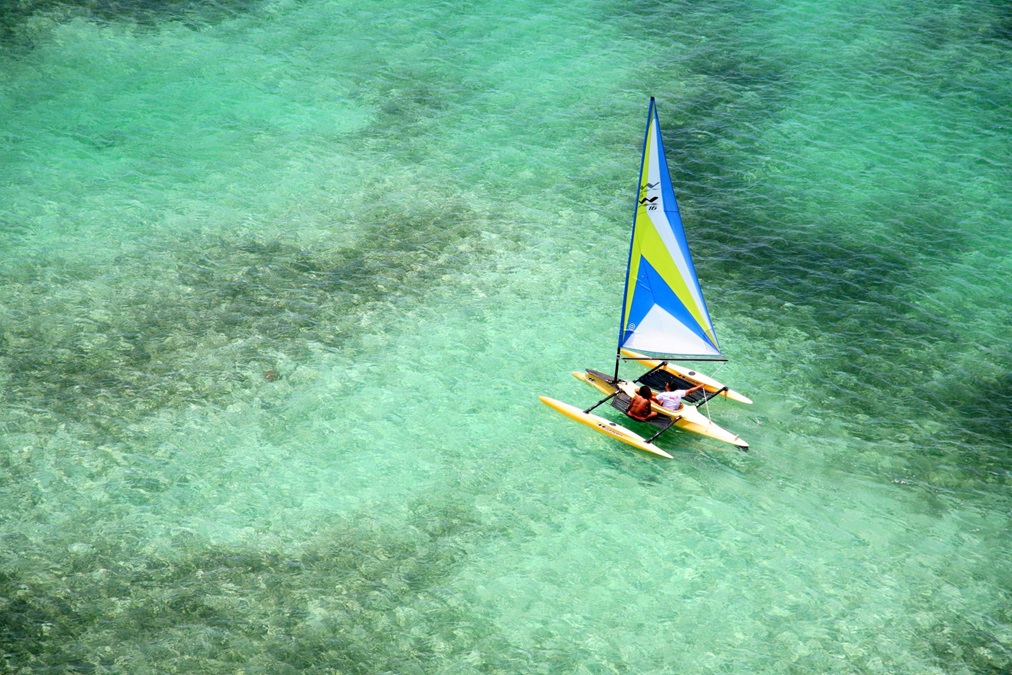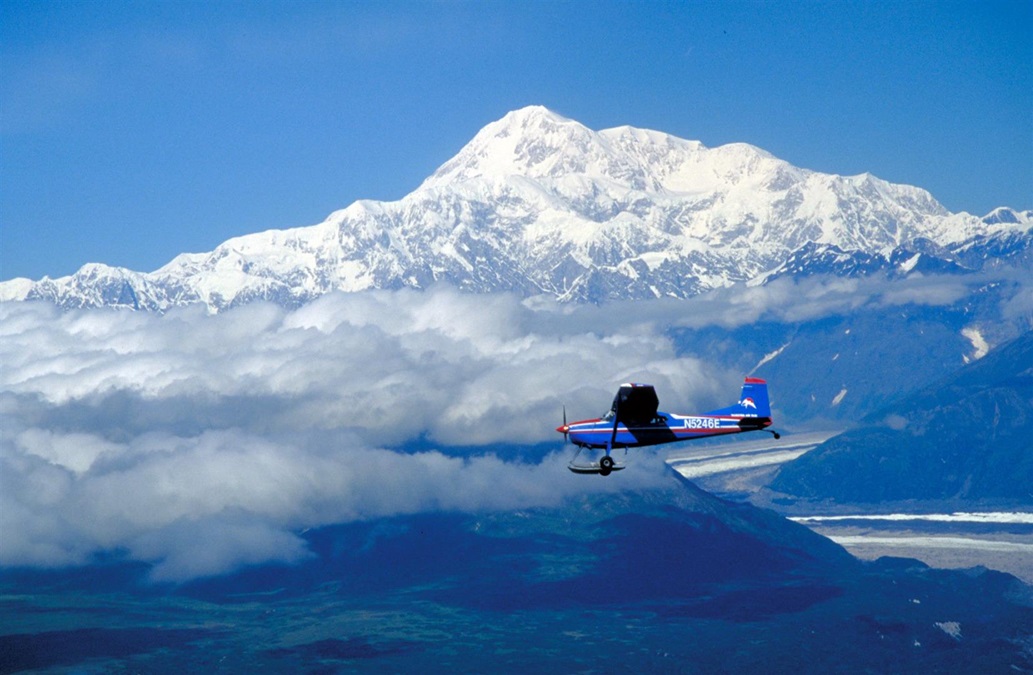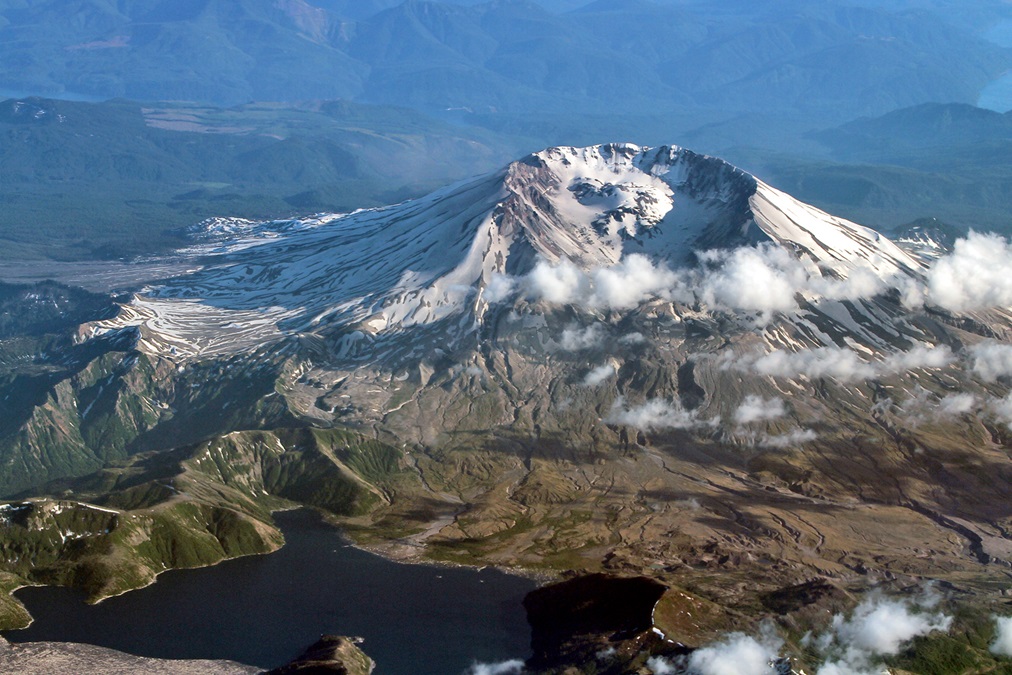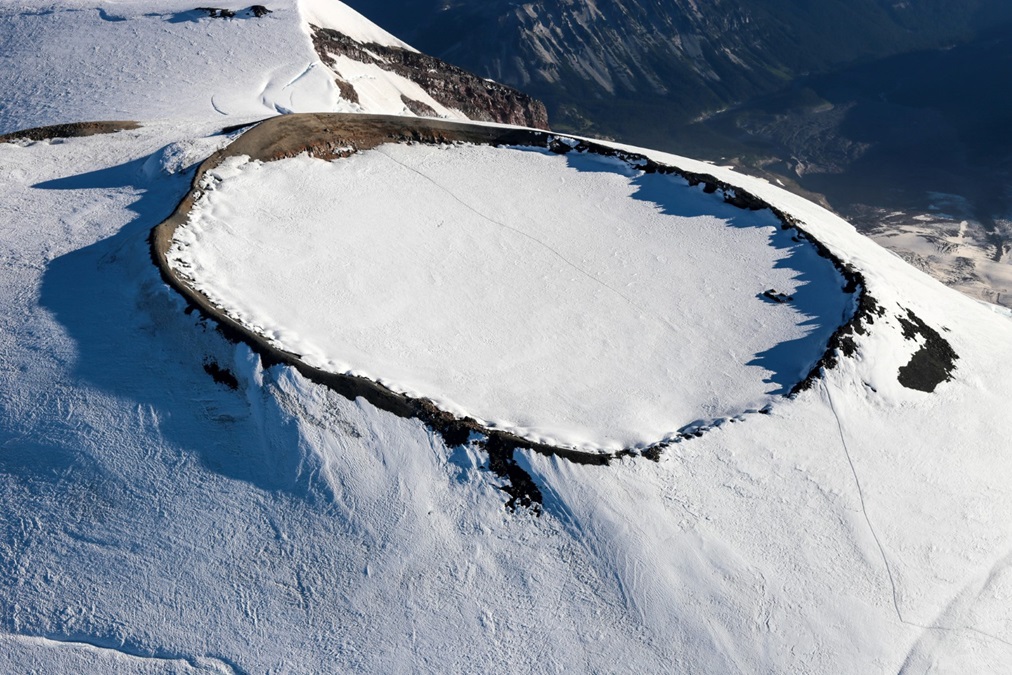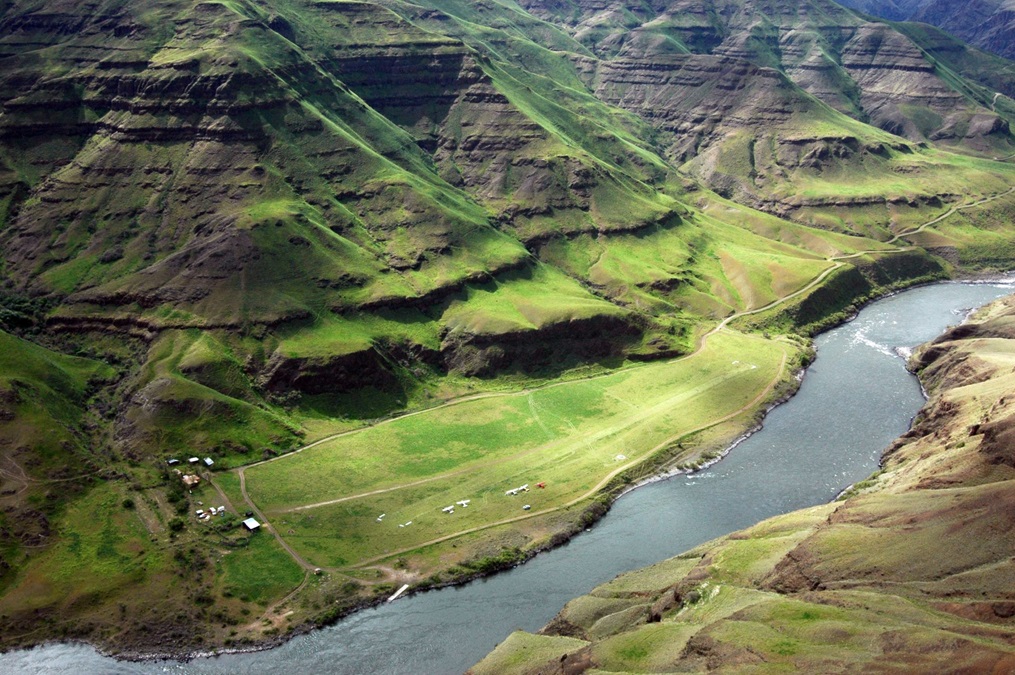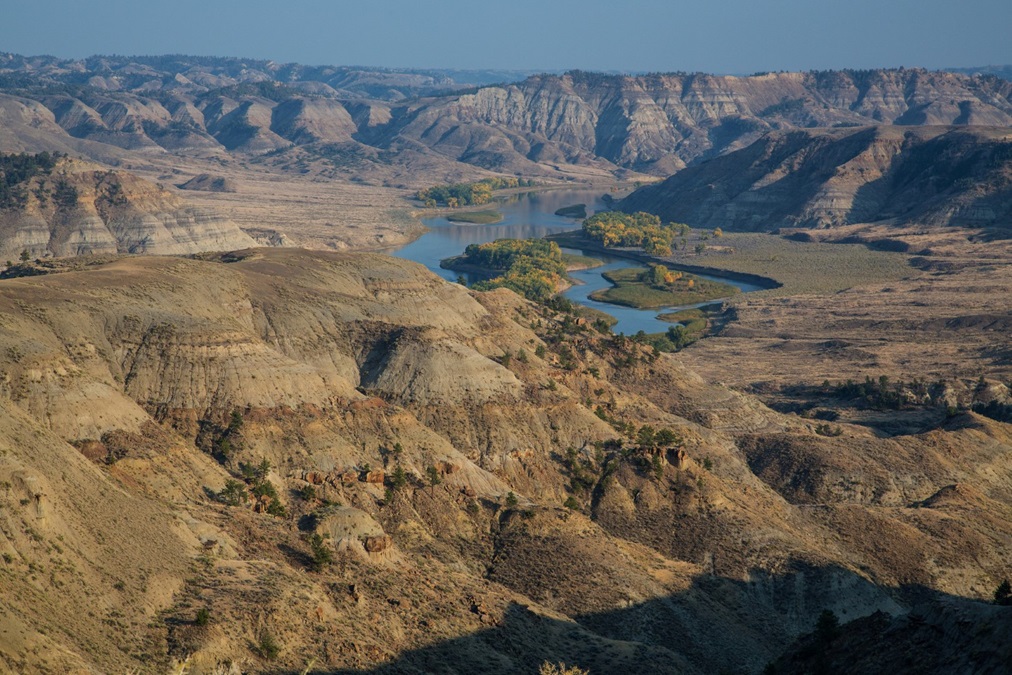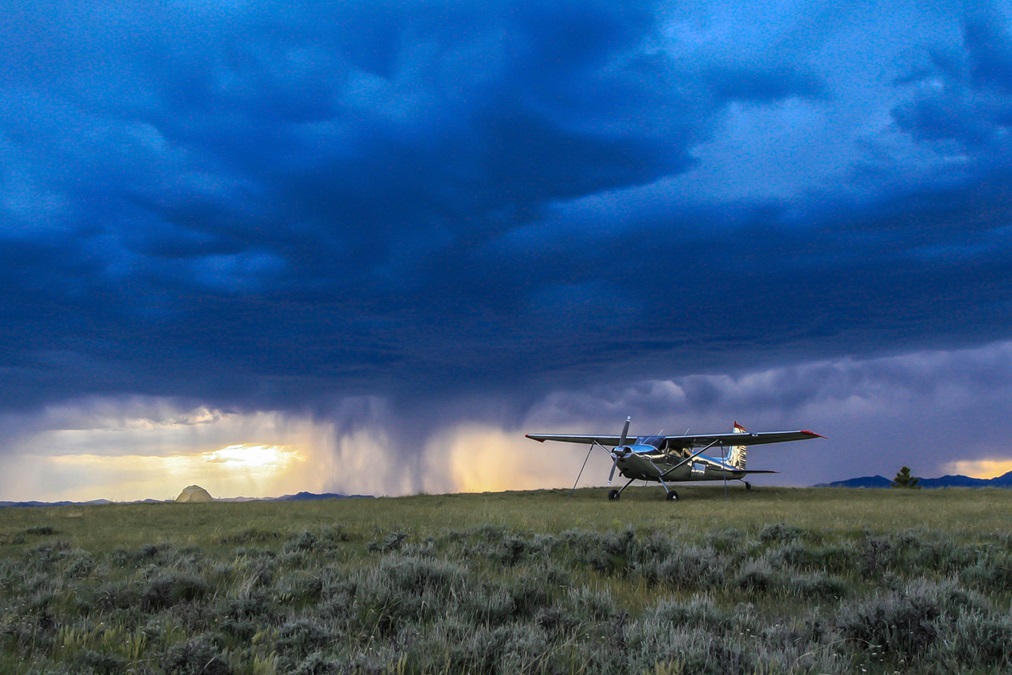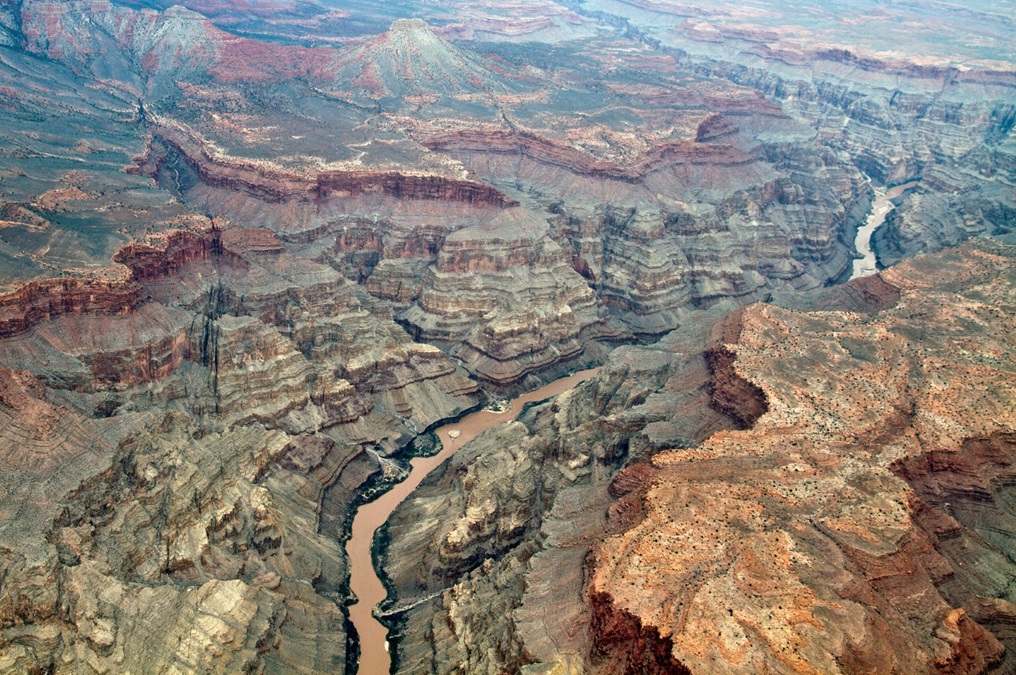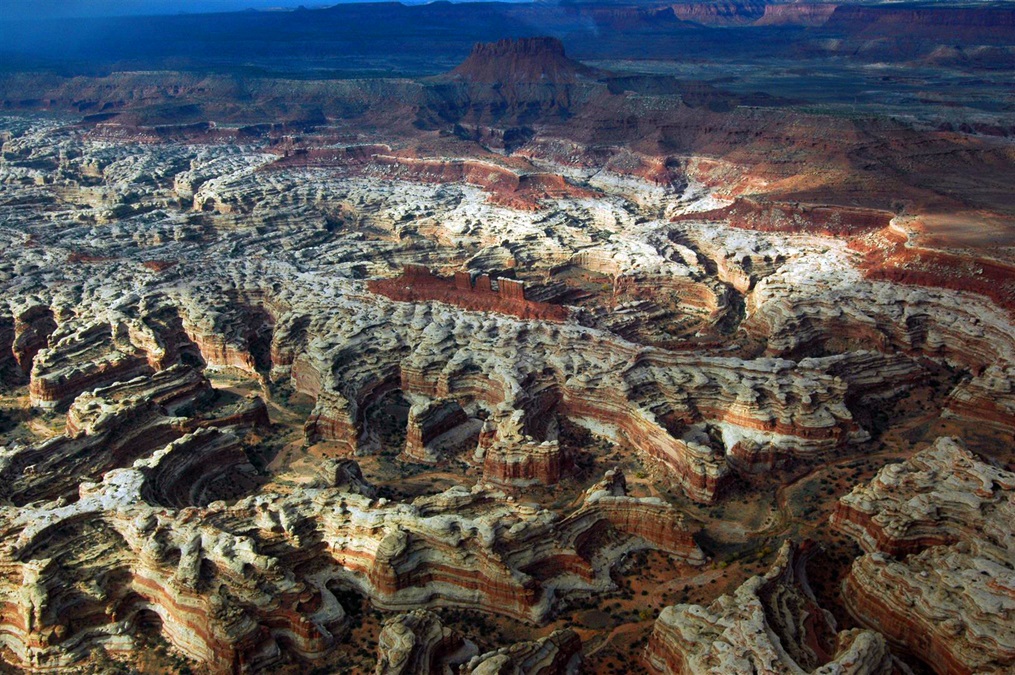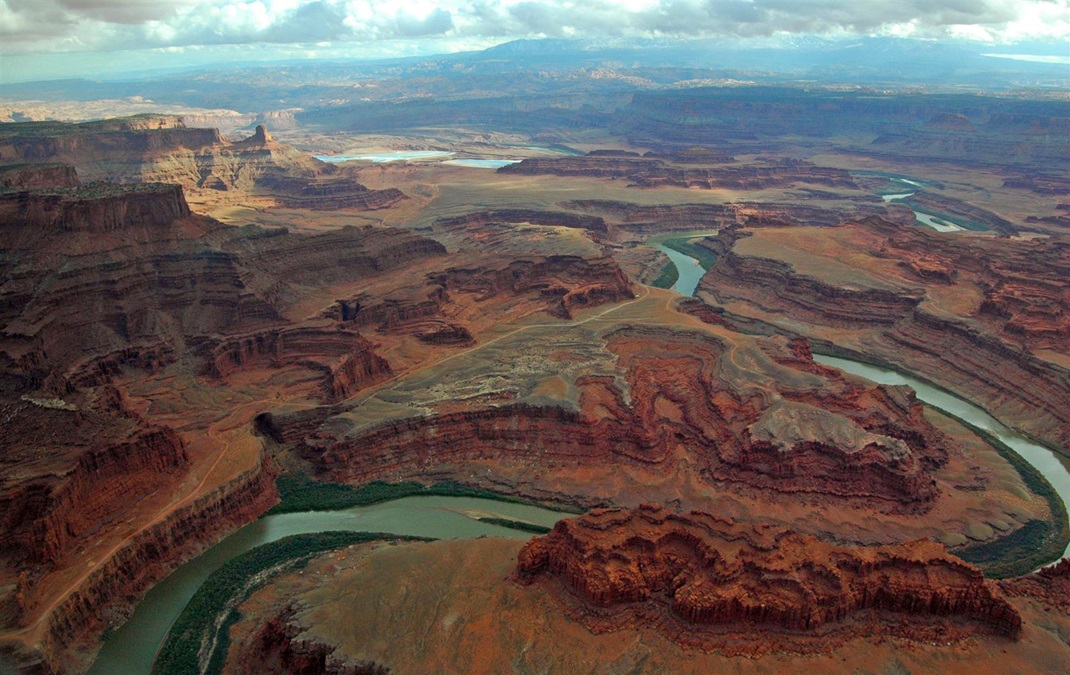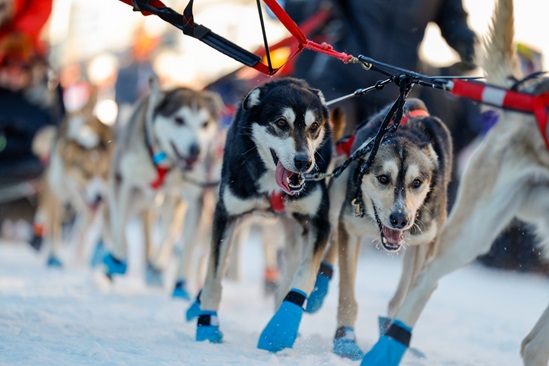Seven sensational sightseeing flights
From Alaska to Florida—and beyond
From towering mountains to the deepest canyons, America’s beauty is nearly unlimited. As a pilot, you can enjoy it from a unique perspective. Here’s a list of our favorite flightseeing trips that showcase natural wonders.
Denali: If you’ve made it up to Alaska, you’ll want to circumnavigate “The High One.” This enormous mountain makes its own weather, so use caution when flying downwind. Because Denali is a popular location for aerial tours, the FAA has established pilot information and special pilot reporting points to keep traffic separated. Study these and print out a copy for use while you fly.
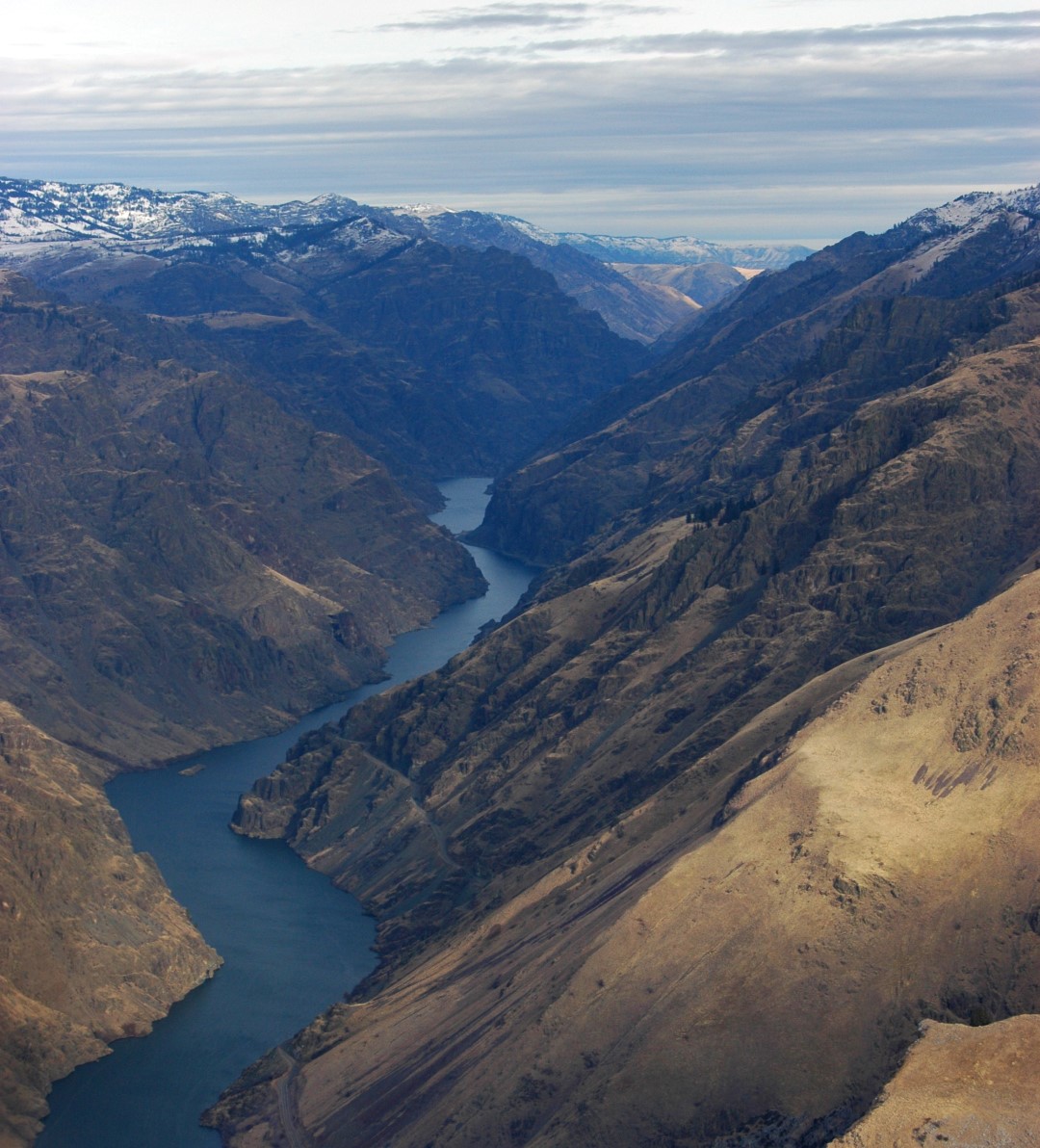
Cascade volcanoes: In the Cascades, four volcanoes tower above the rest: Oregon’s Mount Hood, and Washington’s Mount Adams, Mount St. Helens, and Mount Rainier. Mount Hood rises to nearly 11,300 feet just south of the Columbia River. Nearby Jernstedt Airport is home to the fabulous Western Antique Aeroplane and Automobile Museum. Mount Adams is not far from Yakima, home of CubCrafters; stop by for a tour. Mount St. Helens is fascinating, as you can see how the entire north face of the volcano blew away in the April 1980 eruption. Continuing north, you’ll fly over the huge pumice plain and Spirit Lake, where hundreds of downed trees float like so many toothpicks, decades after the eruption. Mount Rainier is magnificent; however, use caution when flying downwind of this or any other tall mountain if winds aloft exceed 25 knots.
Hells Canyon: One of America’s deepest canyons, Hells Canyon was deepened significantly during the giant flood that ensued after a natural dam collapsed and Lake Bonneville (now called the Great Salt Lake) drained about 15,000 years ago. Most of the canyon is inaccessible by road, but several airstrips lie at the bottom of the canyon, including Dug Bar, Big Bar, Pittsburgh Landing, and others.
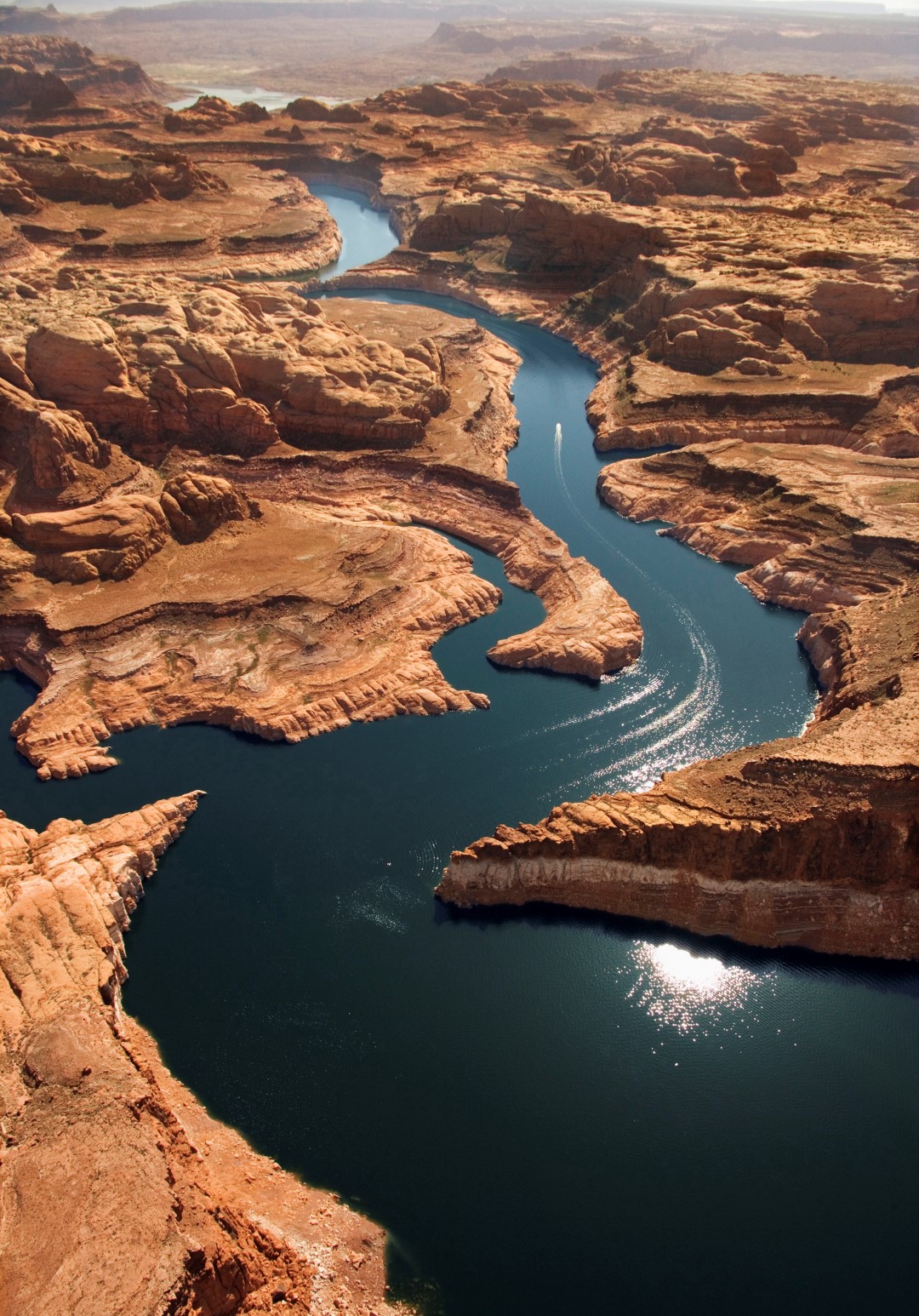
Yellowstone: The largest national park in the lower 48, Yellowstone is breathtaking from the air. Fly over the Grand Canyon of the Yellowstone, near the park’s northern border, and then turn south to overfly numerous geysers and the phenomenal Grand Prismatic Spring, which looks completely unreal from the air, like a giant round rainbow-colored eye.
Missouri Breaks: North America’s longest river, the Missouri, rises near Helena, Montana, and flows 2,341 miles before merging with the Mississippi River just north of St. Louis, Missouri. The Upper Missouri River Breaks National Monument is particularly scenic. The “Breaks” are a series of badlands characterized by rock outcrops and steep bluffs, and the area is mostly unchanged from the days of Lewis and Clark. Six backcountry airstrips remain open within the monument and provide excellent camping opportunities; don’t land on them when wet.
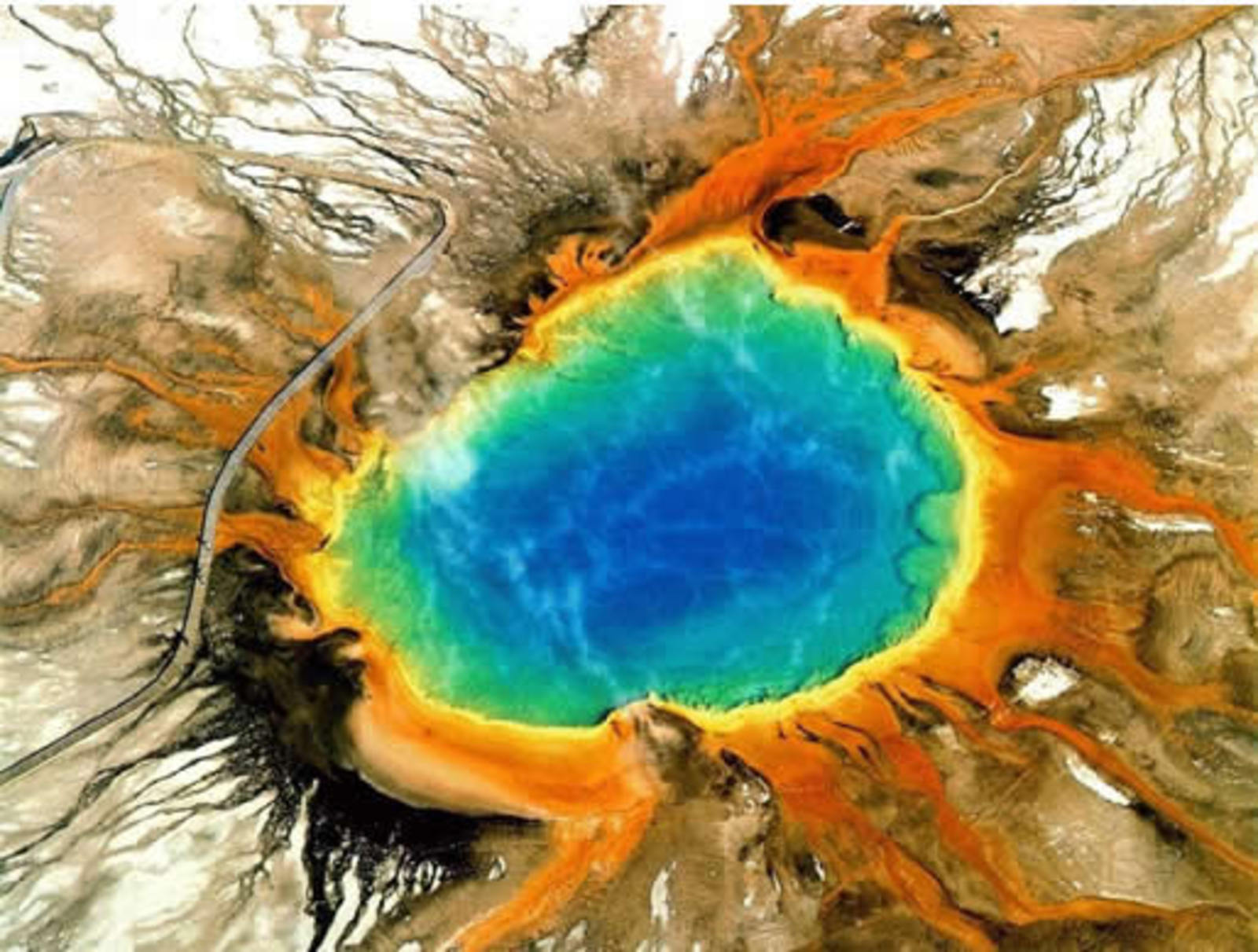
Grand Canyon to Moab: I saved the best for last—my favorite flightseeing tour anywhere in America. The terrain from the Grand Canyon east to Moab, Utah, is unequaled anywhere in the world when it comes to a display of the power of erosion to shape sandstone. The Grand Canyon is simply unforgettable. Next, turn toward Page and fly over Lake Powell, created by the flooding of Glen Canyon. The stark blue against the Navajo sandstone is striking—no wonder every new bizjet, it seems, gets photographed here. You can refuel at Page or Cal Black and continue to the big prize: Canyonlands. Following the Colorado River upstream to just before its confluence with the Green River, you’ll see an incredible area of candy-cane striped rocks like puzzle pieces to the west: The Maze. To the east is the Needles District, and several arches. Continue over the Islands in the Sky District, between the two rivers, and then to Canyonlands Airport, where you can land and explore the area on foot if you’re so inclined.
Share your favorite destination in the AOPA Hangar: Places to fly, things to do, where to eat!

